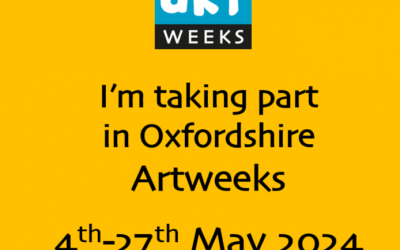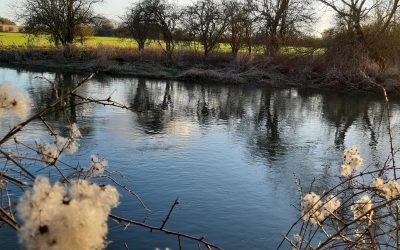Blog
Catch up with all my news here! Read about my regular exhibitions and events, as well as my ‘special makes’.
Oxfordshire Artweeks 2024
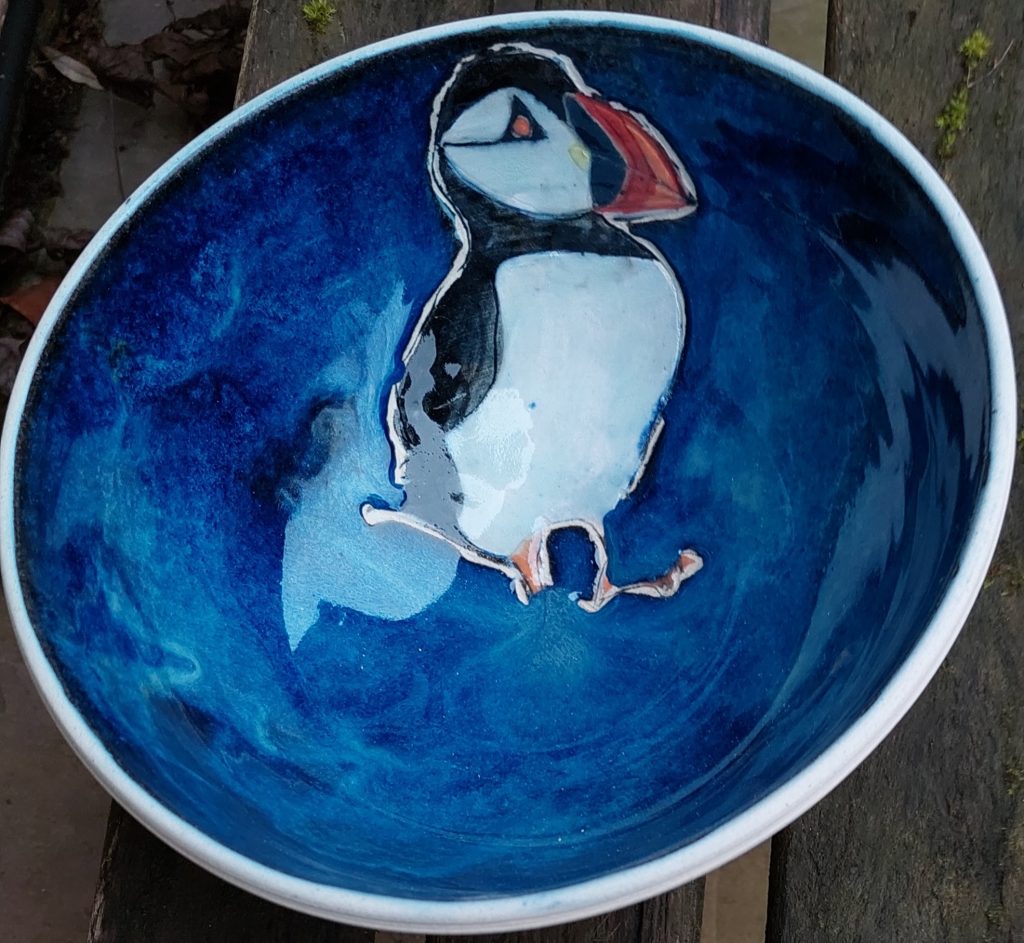
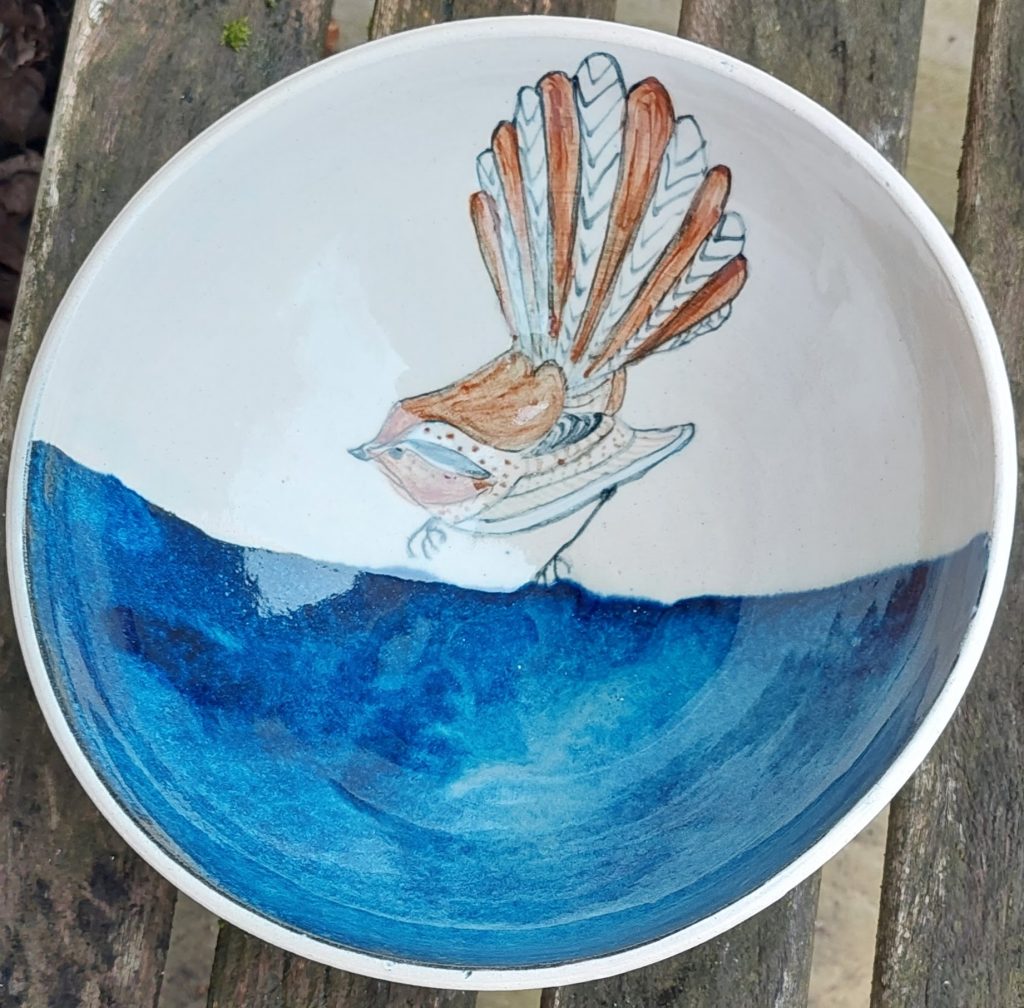

From 4th–12th May, I will be exhibiting my work in my home, studio and garden at Venue 121 in Eynsham, just a short walk from the centre of the village. Whilst there is no parking down Tanners Lane, there is plenty on the streets nearby, all within the Eynsham Art Trail. Most places on the Trail are within walking distance, so grab a map from the first artist you visit and then enjoy the others. It is great to meet artists in their natural habitat where they live and create.
My venue is just perfect for showcasing my work, and a wonderful place to be. You can take your time to enjoy the refreshments I will serve, come inside to see my work and relax outside amongst pieces I make specifically for the garden. Be sure to give attention to Squeakles, my cat (very friendly, unless you are accompanied by a dog), who assumes that all visitors are there to see her.
The Chicken Run Studio will be open, too. The chickens, who are my constant companions when I am working, will be safely enclosed in their run, so that the gate can be open for you to meander through to the studio without them getting under your feet. There will be opportunities for you to observe how I make and work the pottery. Certainly, I will be able to talk through some of the projects I have underway, including my raku work.
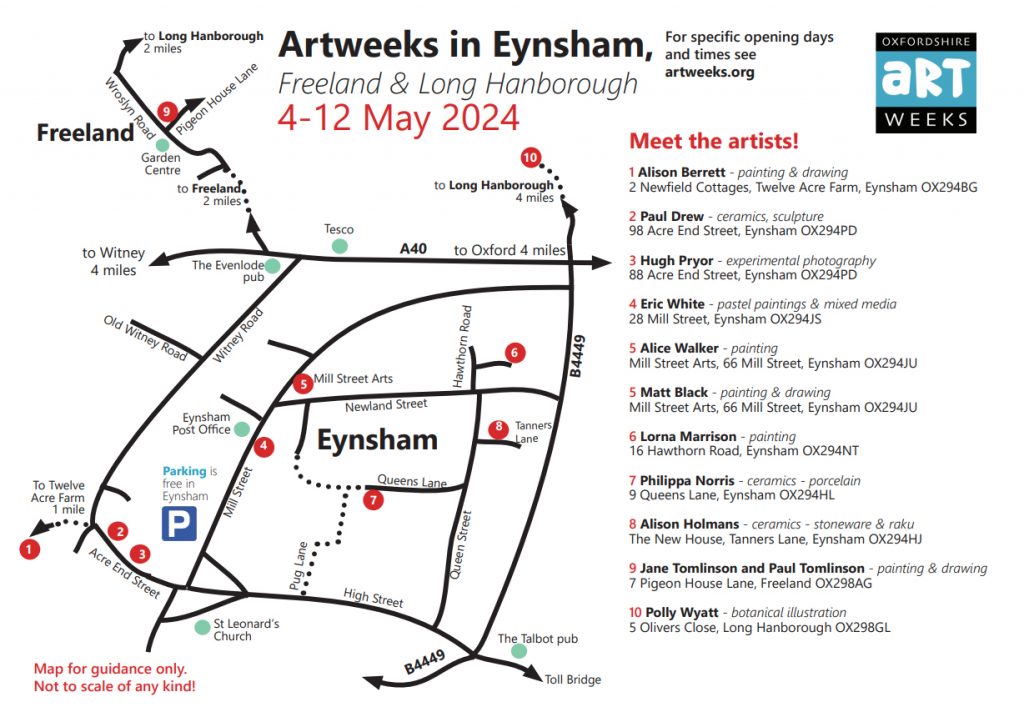
If you would like to see my work again or if you missed these early dates in May, I will be exhibiting a second time from 18th–27th May in North Moreton. This South Oxfordshire venue is in a 13th-century church that has the oldest stained glass in the country. I will be exhibiting with a number of artists showing paintings, prints, silver jewellery, woodwork and ceramics; see details at Venue 439. Again, there will be tempting refreshments throughout.
Forever Fields Open Art Exhibition and Archive
Launch event: 24th November 2023, 6pm–8pm; all welcome; free entry. Exhibition: 25th November, 10.30am–7pm and 26th November, 10.30am–4pm; free entry; Worton Hall, Worton Park near Cassington OX29 4SU
Go to www.foreverfields.co.uk. Contact us on foreverfieldsproject@gmail.com
The Forever Fields Project Team is very excited to announce the Open Art Exhibition. Showcasing people’s creative response to our countryside, we are celebrating the beauty, productivity and bio-diversity of the fields and settlements that will be lost for 42 years under solar panels if Botley West Solar Power Station is built. We are delighted that many people are interested in taking part and can’t wait to see what they make.
We know that our communities are full of ideas, and we want to show them off! This exhibition is an opportunity for you to share your creative skills. Taking the fields of the Botley West patch as your inspiration, what work will you, or have you, created that conveys the sights, sounds, feelings, knowledge you have about this landscape?
Forever Fields plans to create an Archive of all the work exhibited, which will stand as a record for future generations of the nature of the landscape and how people responded and celebrated it today. Our countryside is valuable to us in myriad ways and we want this to be known and not forgotten.
The exhibition is free to enter, open to anyone, adult, child or young person. Your work does not need to have been specifically created for this exhibition, but it must fulfil the theme of ‘Forever Fields’. Your work will be included in a stunning and eclectic exhibition at beautiful Worton Hall which is located centrally, facing on to the area affected by Botley West. Worton Park is an estate committed to true sustainability, balancing renewable energy, recycling and organic food and flower production as well as protecting wildlife. The cafe at Worton Kitchen Garden will be open throughout the exhibition. Worton Park has kindly donated the hosting of the exhibition within Worton Hall. It’s the perfect location! So whether you are taking part by contributing your creative work, or by visiting the exhibition, we look forward to seeing you there.
My contributions to the Forever Fields Exhibition
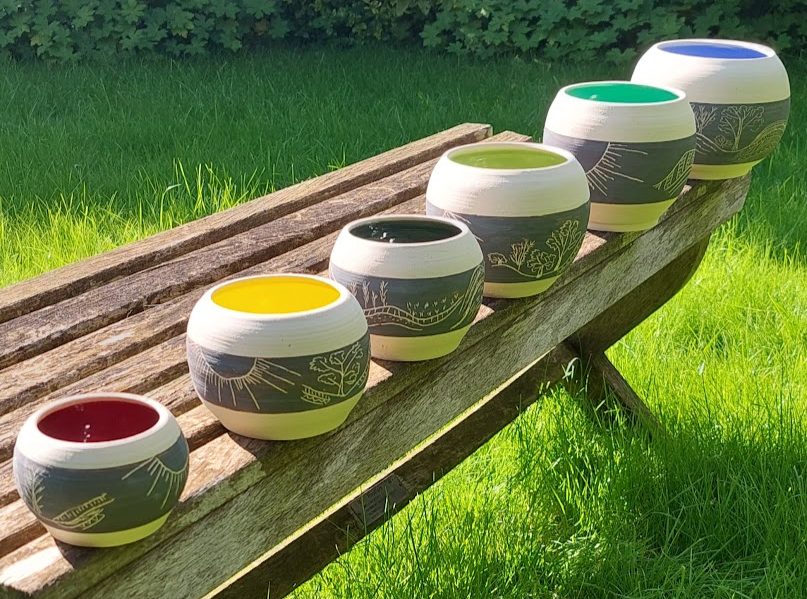
Six wheel-thrown sgraffito pots: ‘May the sun shine forever, providing 360 degrees of natural energy that sustains life on the fields and our land.’
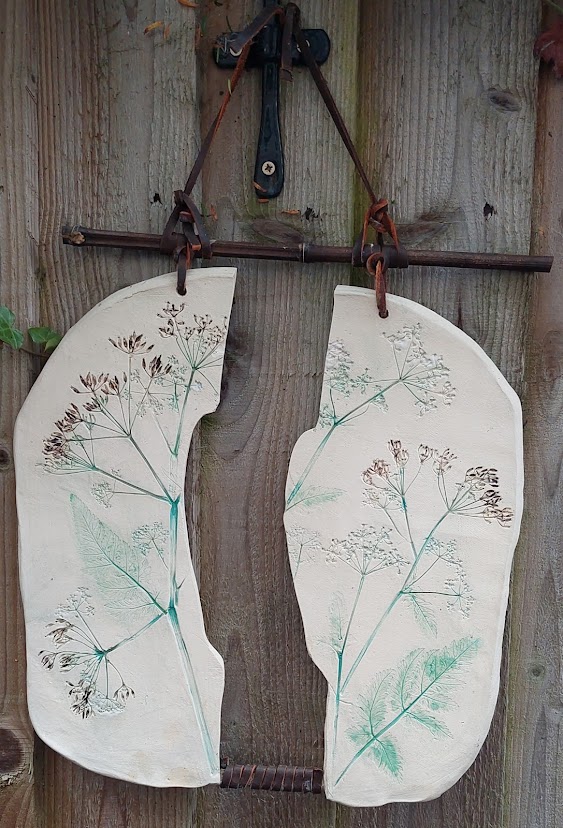
Cow parsley plaque: ‘The soon to be torn, scarred fields bereft of wild flowers and life.’
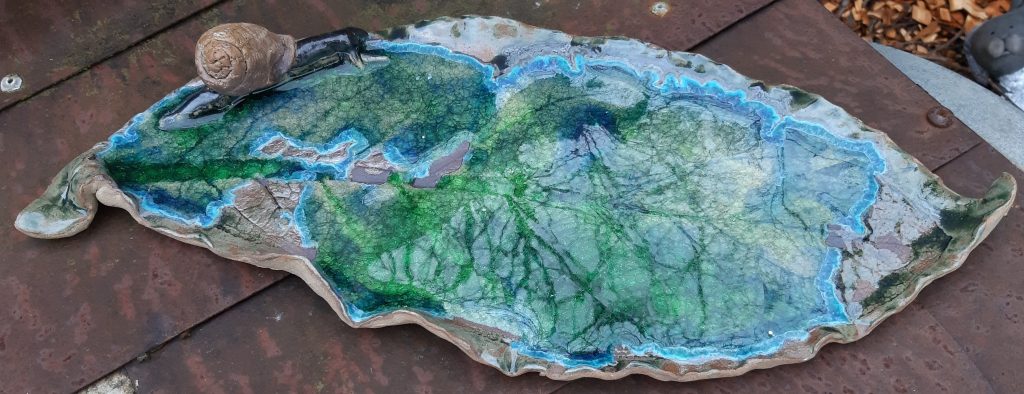
Comfrey leaf: Comfrey leaves photosynthesise using the sun’s energy to grow as big as this in one summer. Consider the life they sustain naturally.
Cogges Christmas Market, Witney
25th–26th November, 10am–4pm; Cogges Manor Farm, Church Lane, Witney OX28 3LA; Free car park OX28 3FR; Adults £3, children £1 (free to season ticket holders)
Cogges Christmas Market is a real family affair – a weekend of festive cheer. A carefully curated collection of local traders offer a selection of artisan arts and crafts, unique gifts, homewares, accessories and delicious treats. With plenty of mulled wine, mince pies and Christmas trees, too!
I will be bringing a selection of Christmas ceramics and unique pottery gifts for the home and garden, and personal gifts for that special person.

